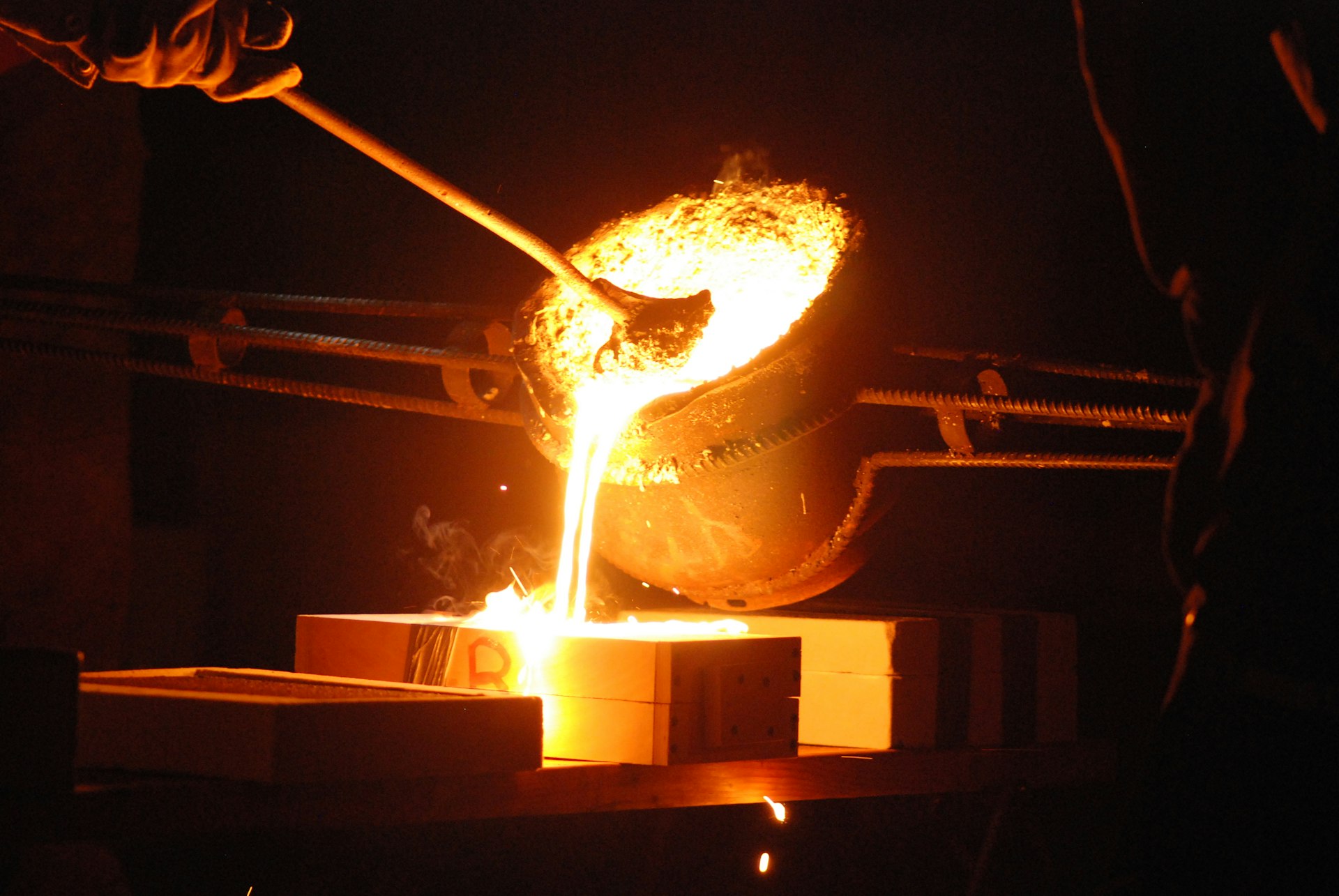What types of steel are used for woodturning tools?

What types of steel are used for woodturning tools?
When it comes to woodturning tools, the key factors are:
- Staying sharp for a long time (edge retention)
- Easy to sharpen
- Comfortable in hand
- Price-quality ratio
In our webshop, we offer various chisels. We often get asked: which chisels are best suited for my work? What’s the difference between Cryo HSS and regular HSS? They differ in brand, steel type, quality, and price. Below is an overview that can help you choose the right chisel.
In recent years, there has been significant development in steel alloys. The days when Nooitgedagt in IJlst in the Netherlands made the best tools are long behind us. These tools were made from so-called tool steel. You can get it beautifully sharp, but also dulls quickly. In our webshop, only the thread chasers from Jan Hovens are made from tool steel. These chisels are used in a delicate scraping manner, so there’s no need for tougher or more expensive steel types.
HSS M2 (High Speed Steel) – the standard choice
- The quality of HSS chisels can vary greatly and is partly determined by the hardening process—often reflected in the price. An HSS chisel of €10 may look the same as one that costs €40, but there’s usually a real difference in quality. Most woodturning chisels use HSS M2. M2 refers to the type of HSS steel (molybdenum is added).
-
Advantages:
- Affordable
- Easy to sharpen on white grindstones and CBN wheels
- Good edge retention
- Tough; resistant to shocks (the harder steel gets, the more brittle it becomes)
-
Disadvantages:
- Dulls faster than Tungsten Carbide or PM steel
These chisels in our assortment are made of HSS steel:
Crown chisels with brown handle
De Sorby chisels and chisel sets
De schroefdraad strelers van Jan Hovens
Among the hollowing tools, several have HSS cutting tips:-
- ringtools made by Oneway en Carp
- ProForme gouges from Woodcut
- Wiedemann hooktools
- Rolly Munro mega 2 (replacement knives)
HSS Cryo – more durable alternative
-
Usage:
Another version of HSS, treated cryogenically. A cryogenic treatment is part of the hardening process. After standard hardening, the steel undergoes a long post-treatment that transforms 99% of its structure. As a result, Cryo steel can be sharpened to a finer edge. This difference is only noticeable if you sharpen with a very fine grit or strop. A common misconception is that it has a longer edge retention—it doesn’t. If you sharpen with grit 120, there’s no noticeable difference compared to regular hardened HSS. Chisels like detail gouges, flat chisels, and bowl gouges benefit the most from this sharper edge. The cleaner the cut, the less sanding is needed.
Advantages:
- Sharper than standard hardened HSS
- Same sharpening behavior as HSS
- Better cutting quality
Disadvantages:
- More expensive than standard hardened HSS
- Requires longer stropping for optimal results
For whom:
- Serious woodturners aiming for precision and detail
These chisels in our assortment are made of Cryo HSS:
- Carp chisels, including the S-Series
- Crown Cryogenic chisels, recognizable by their black handle with silver .
- Crown Midi Revolution and Revolution
Powdermetal (Pro PM, M42, Mastercut) – Top Tier
- Use: High-quality material, often found in premium tools. The name “Powder Metal” refers to how the alloy is introduced into the furnace in powdered form. Heating fuses it into a solid mass. A small amount of cobalt is added, influencing the steel’s toughness and hardness. This combination delivers both sharpness and edge retention.heid van het staal. Een combinatie die scherpte en standtijd combineert.
-
Advantages:
- Longest edge retention
- Ideal for hardwoods, tropical woods, knots, and resinous woods
- Less frequent sharpening → more turning, fewer interruptions
-
Disadvantages:
- Much more expensive
- A bit harder to sharpen (requires a good sharpening setup— CBN wheel recommended)
-
For whom:
- Professional or avid woodturners
- Those who want to minimize sharpening time
These chisels in our assortment are made of Powder Metal:
- Crown M42 gauge, recognizable by a black handle with copper ring
Tungsten Carbide – Maximum edge retention, no sharpening
Carbide tools are commonly used for scraping in woodturning. They are especially useful for working with epoxy, tropical hardwood, or wood with many knots or changing grain directions. You almost never need to sharpen them.
- Usage:
- Carbide-gereedschap wordt veel gebruikt bij schrapend houtdraaien, tegenwoordig wordt er veel met Epoxy gewerkt en dan zijn deze beitels erg handig.
-
-
-
Advantages:
- Very long edge retention (longer than HSS or PM)
- No sharpening needed – simply rotate or replace the cutter
- Ideal for hardwood or dirty wood
- Suitable for rough work and low maintenance
- Easy to use – you don’t need to master cutting techniques
-
Disadvantages:
- Not as sharp as HSS → less refined finish, more sanding needed
- Less suitable for delicate or detailed turning
- Cutters are brittle – can break if misused
- Removes less material per pass → slower progress on a workpiece
-
For whom:
- Those who want to avoid sharpening
- Those working with knotty wood or epoxy
- Ideal for beginners not ready to invest in sharpening gear
These chisels in our assortment feature a Tungsten Carbide cutter:
- Crown hollowing tooll(set)
- Hope 8 mm carbide hollowing tooll en 6 mm carbide pro hollowing tool
- Carp Carbide toolset
- Wundercutt 10 Rolly Munro


